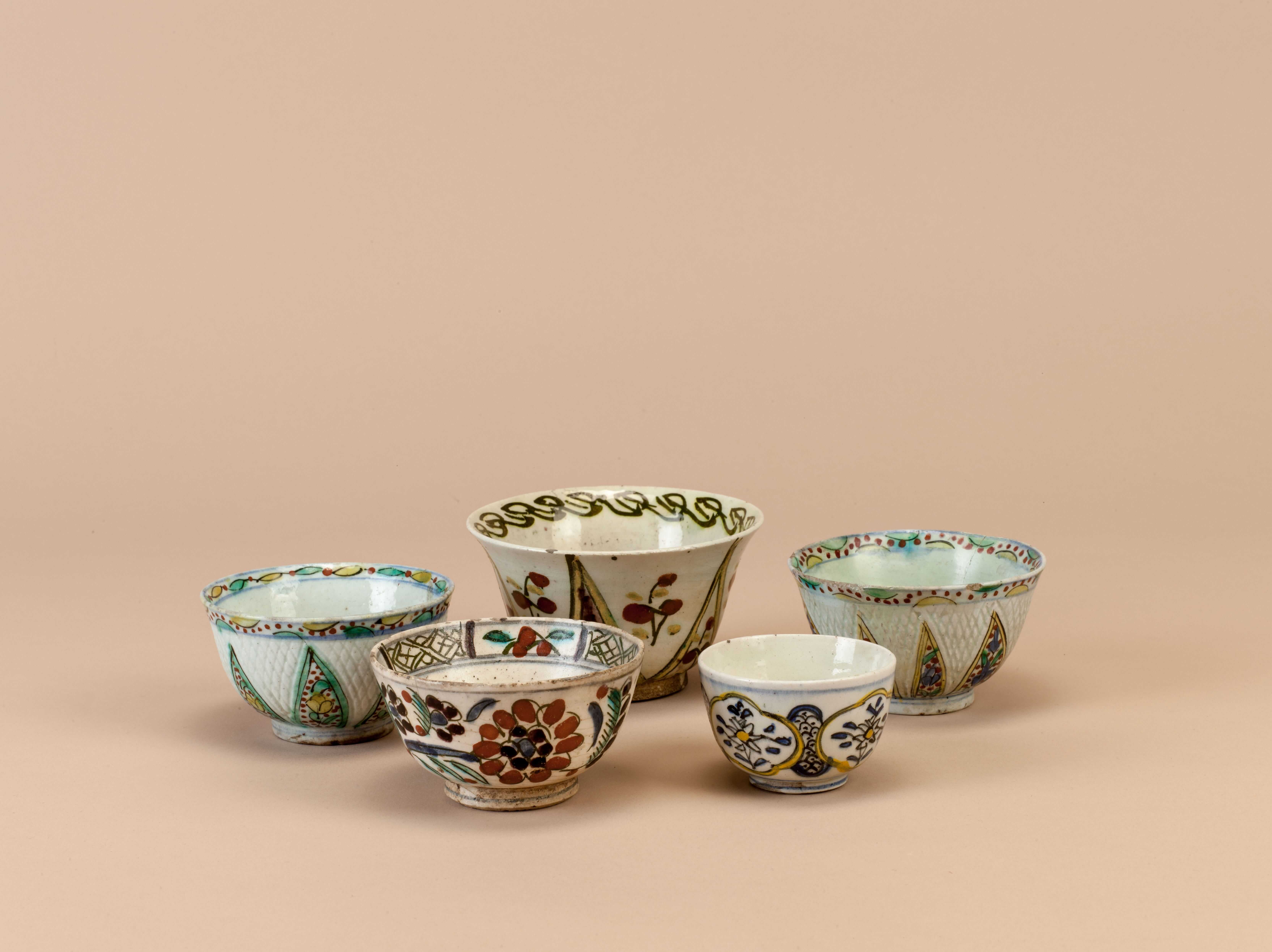Director: Christian Petzold
Cast: Franz Rogowski, Paula Beer, Godehard Giese, Maryam Zaree
Germany, France, 2018, 101', DCP, color
German, French with Turkish subtitles
Adapted from Anna Seghers' 1942 novel of the same name, Transit follows a group of refugees trying to escape Nazi-occupied France. Seeking refuge in Marseille and taking on the identity of a deceased writer, Georg attempts to gather the necessary documents to pass into North America. In this process, he crosses path with Marie, the wife of the writer whose identity he has stolen. This situation leads Georg to deeply question his identity, past, and future.
Blurring the perception of time and space, Transit establishes connections between a city's past and modern times, while Marseille is an in-between zone where refugees and displaced people struggle with uncertainties. In the story, the city symbolizes both the escape and the hope for a new life and a labyrinthine trap filled with the threat of being caught at any moment.

Coffee was served with much splendor at the harems of the Ottoman palace and mansions. First, sweets (usually jam) was served on silverware, followed by coffee serving. The coffee jug would be placed in a sitil (brazier), which had three chains on its sides for carrying, had cinders in the middle, and was made of tombac, silver or brass. The sitil had a satin or silk cover embroidered with silver thread, tinsel, sequin or even pearls and diamonds.
Tuesday - Saturday 10:00 - 19:00
Friday 10:00 - 22:00
Sunday 12:00 - 18:00
The museum is closed on Mondays.
On Wednesdays, the students can
visit the museum free of admission.
Full ticket: 300 TL
Discounted: 150 TL
Groups: 200 TL (minimum 10 people)